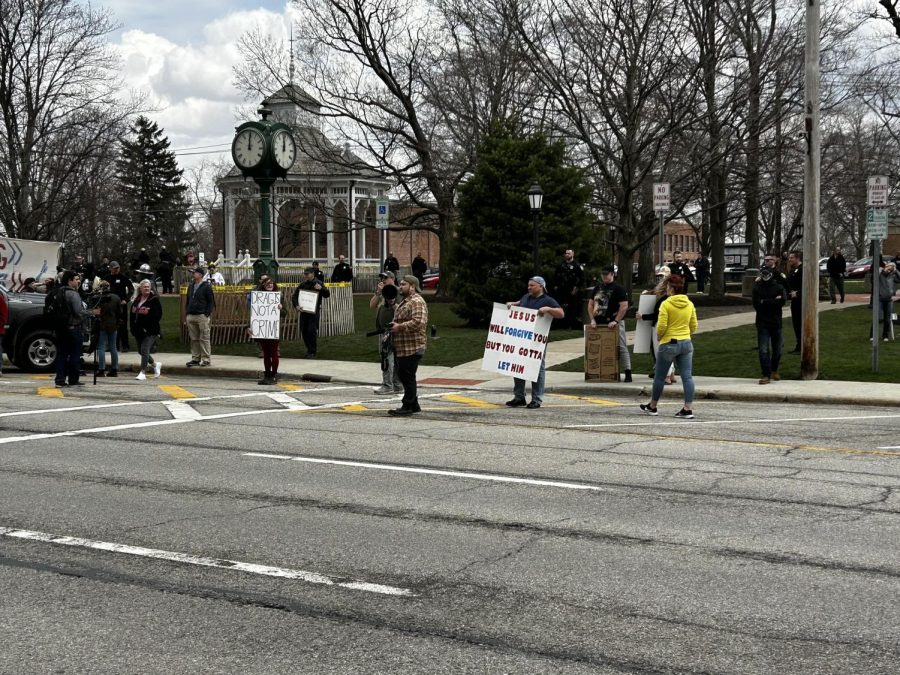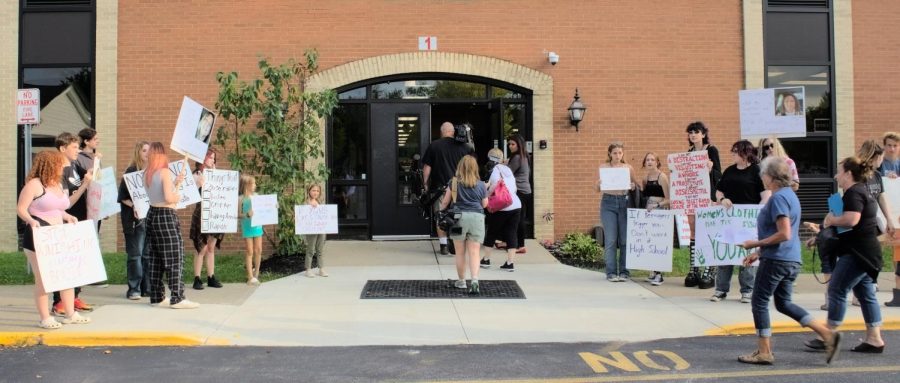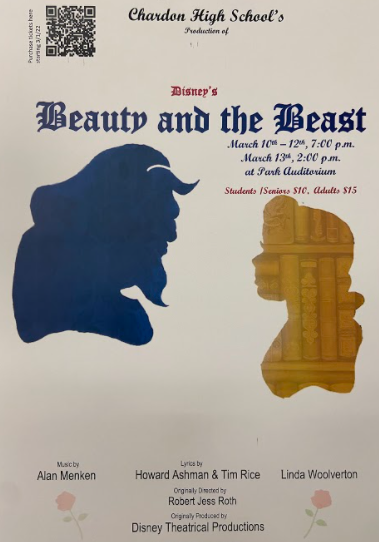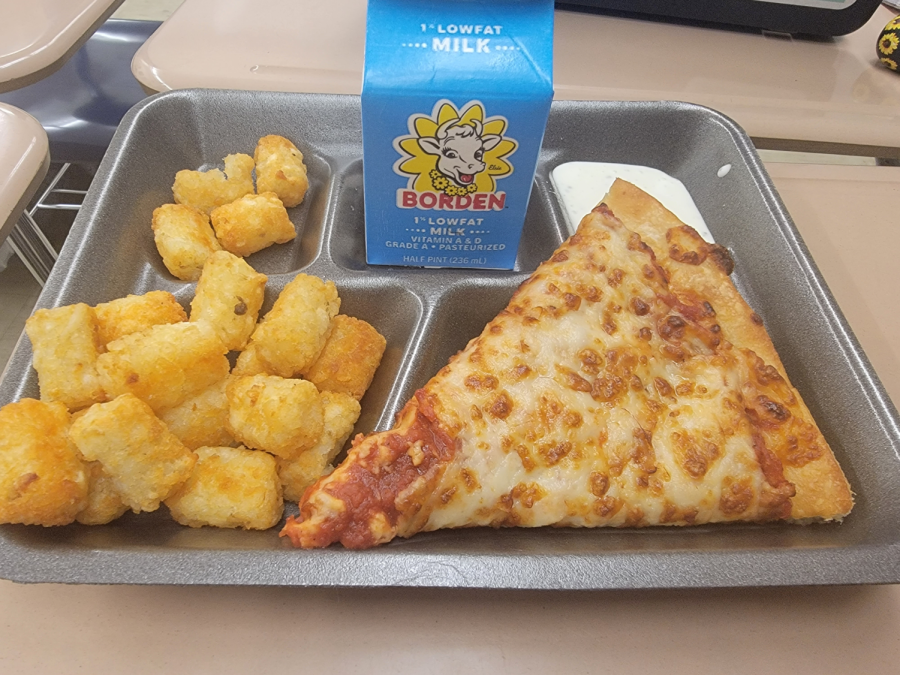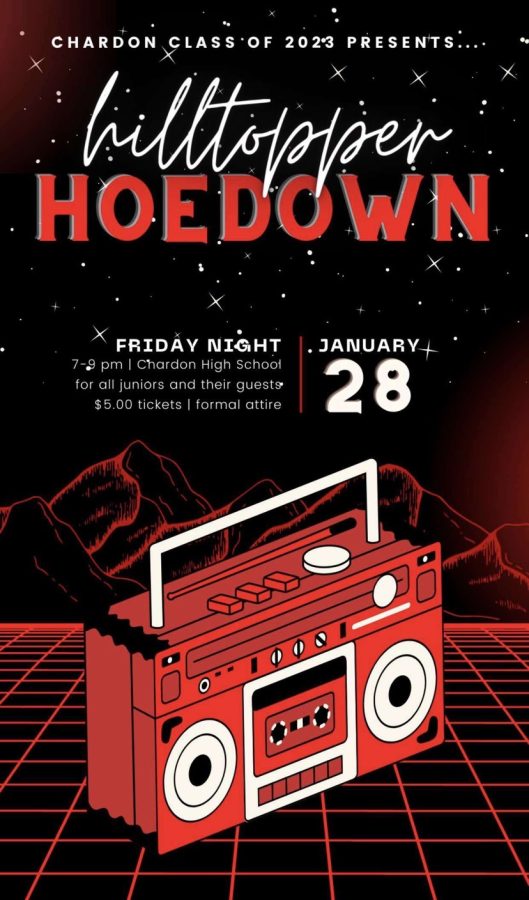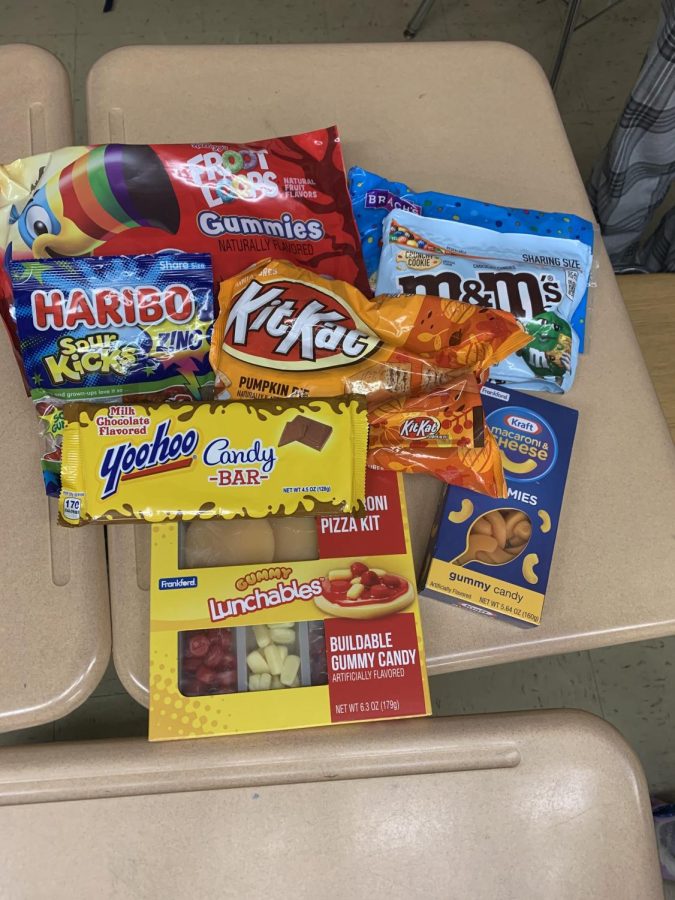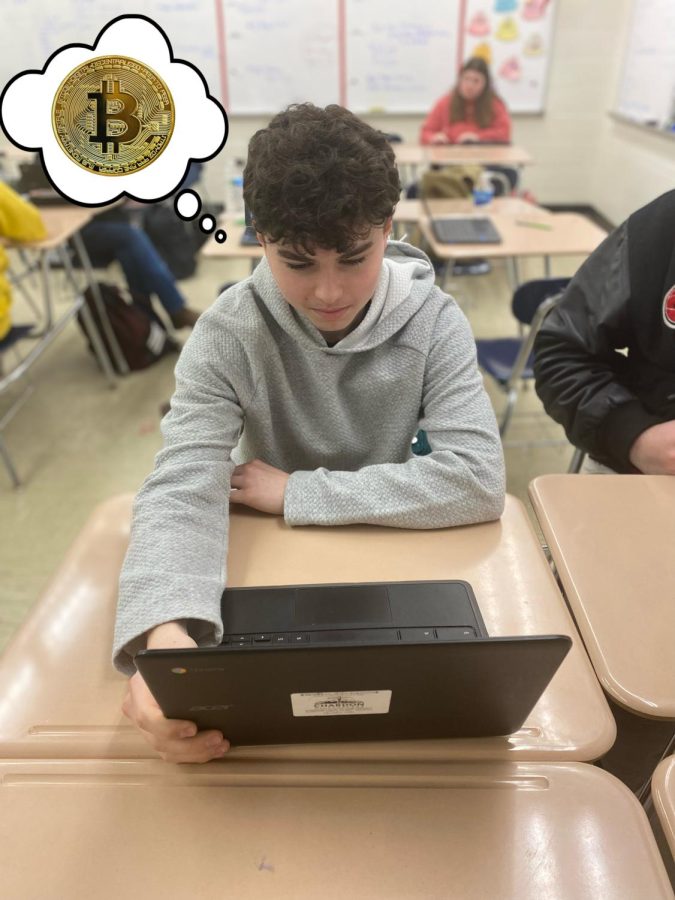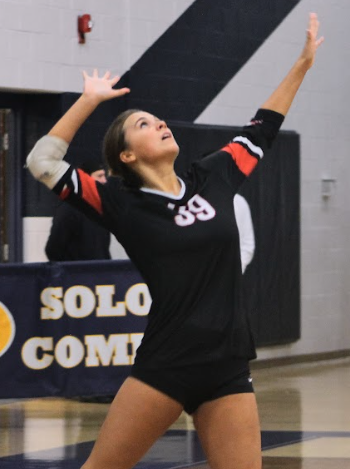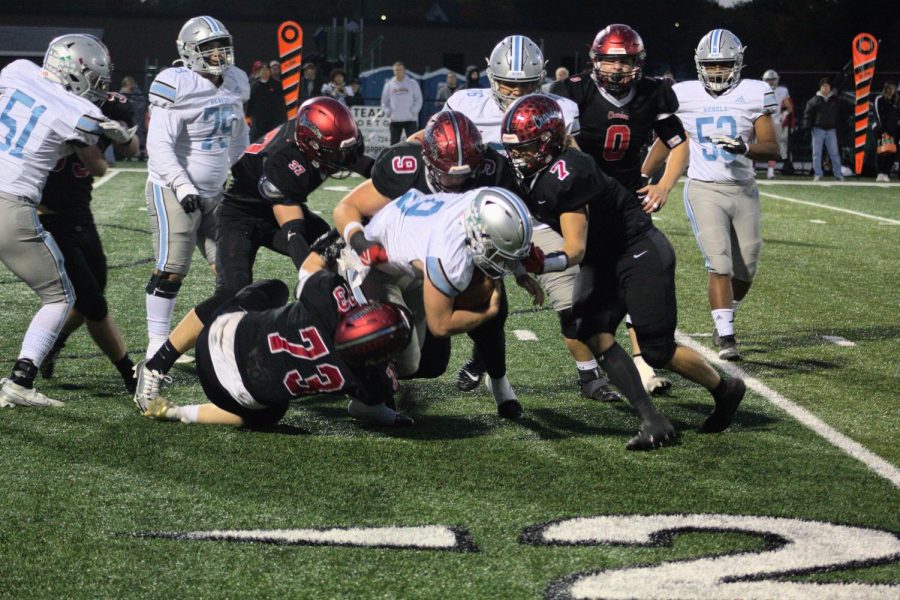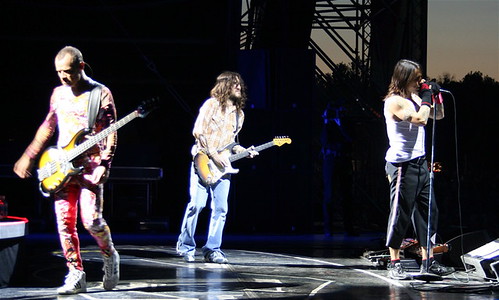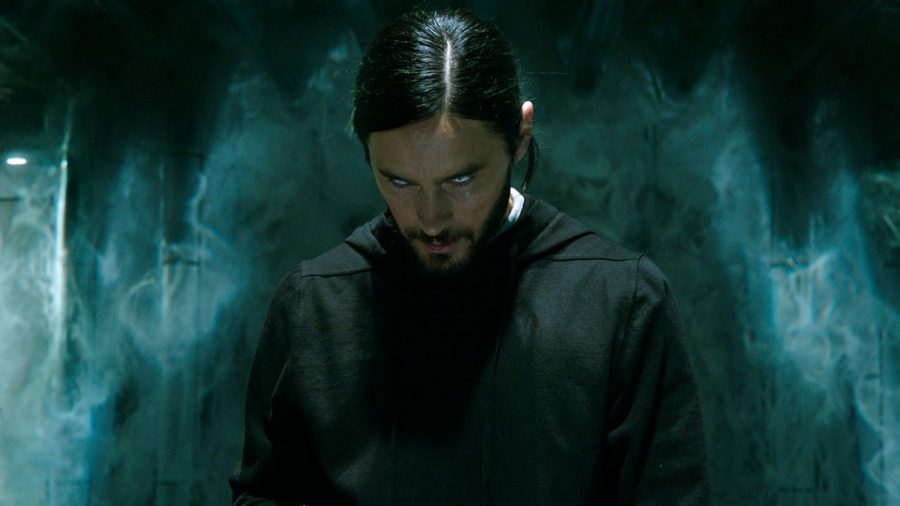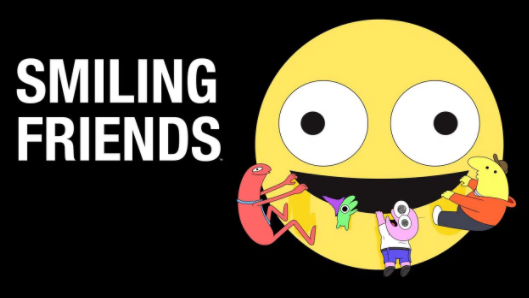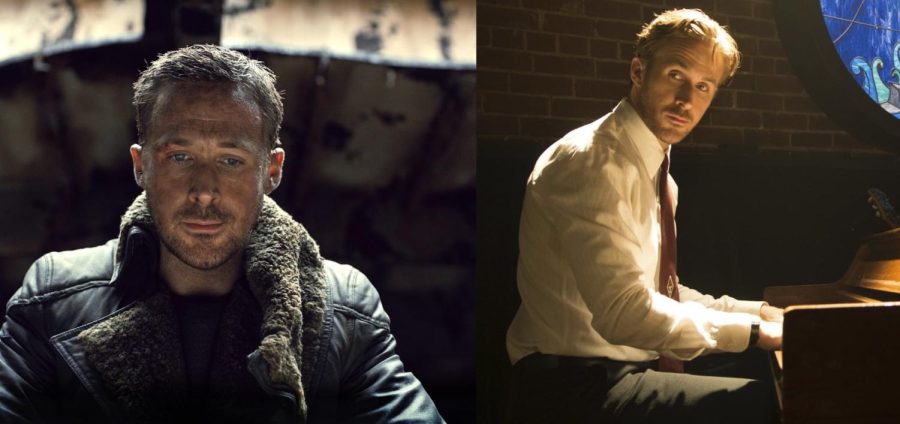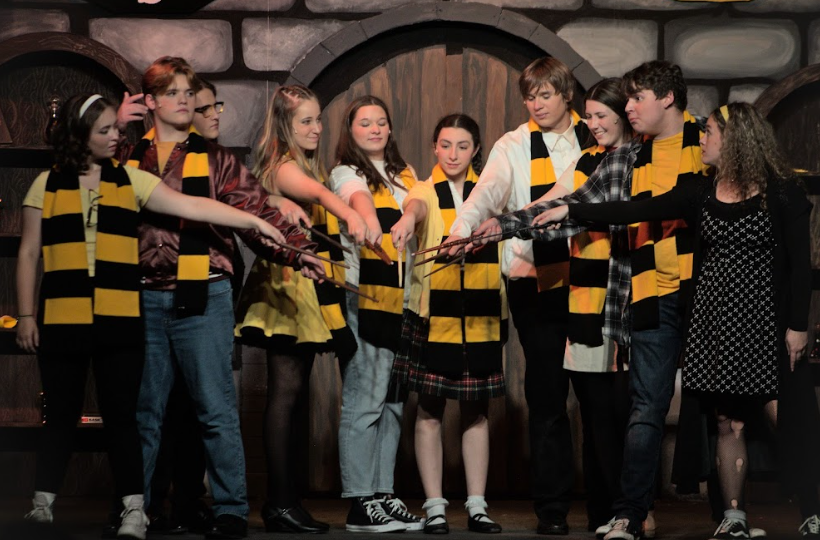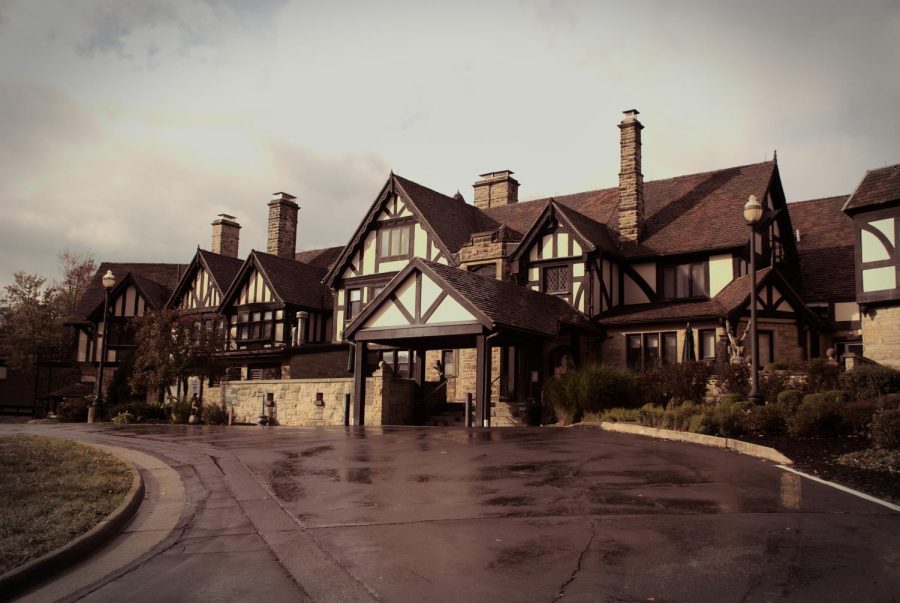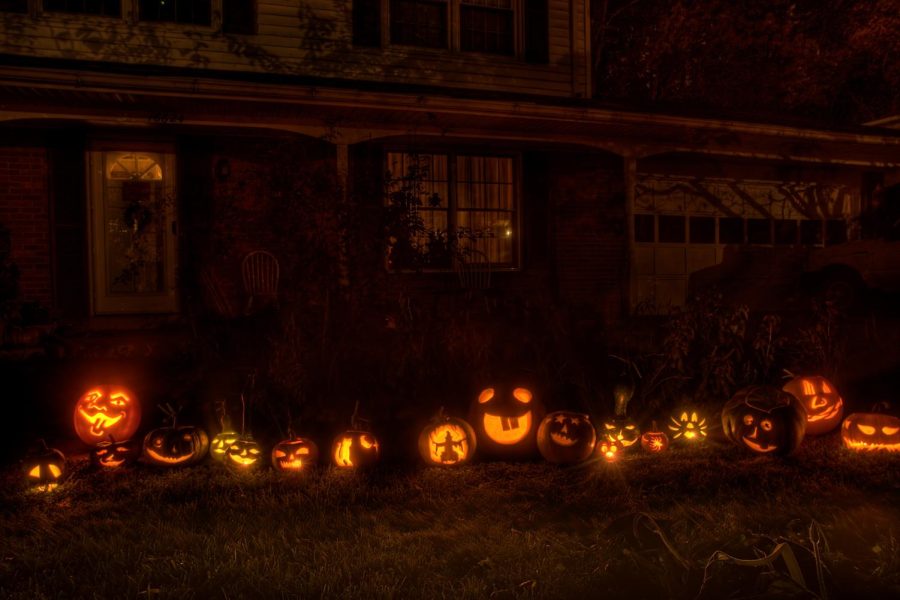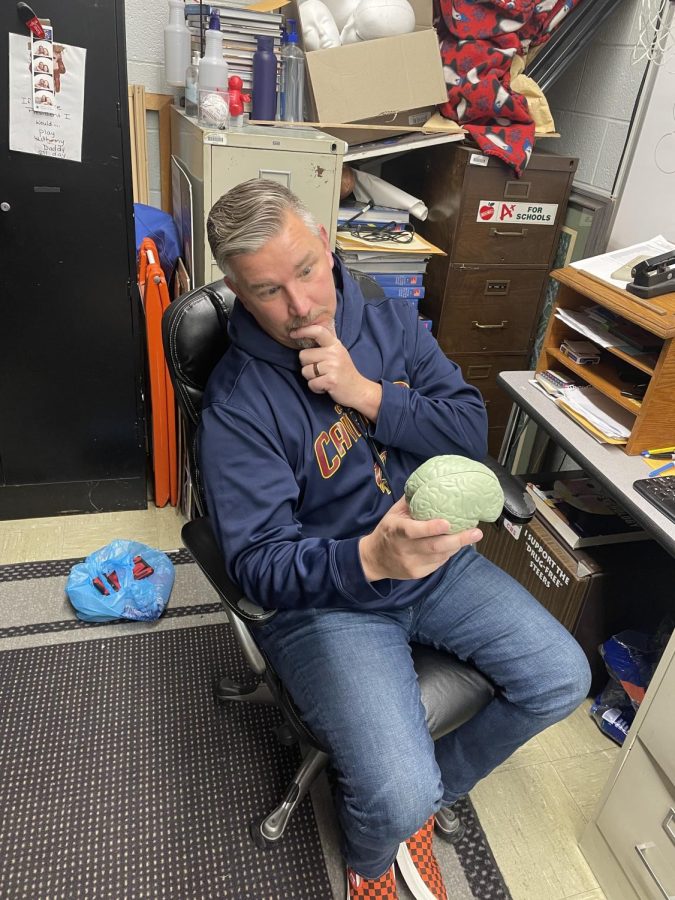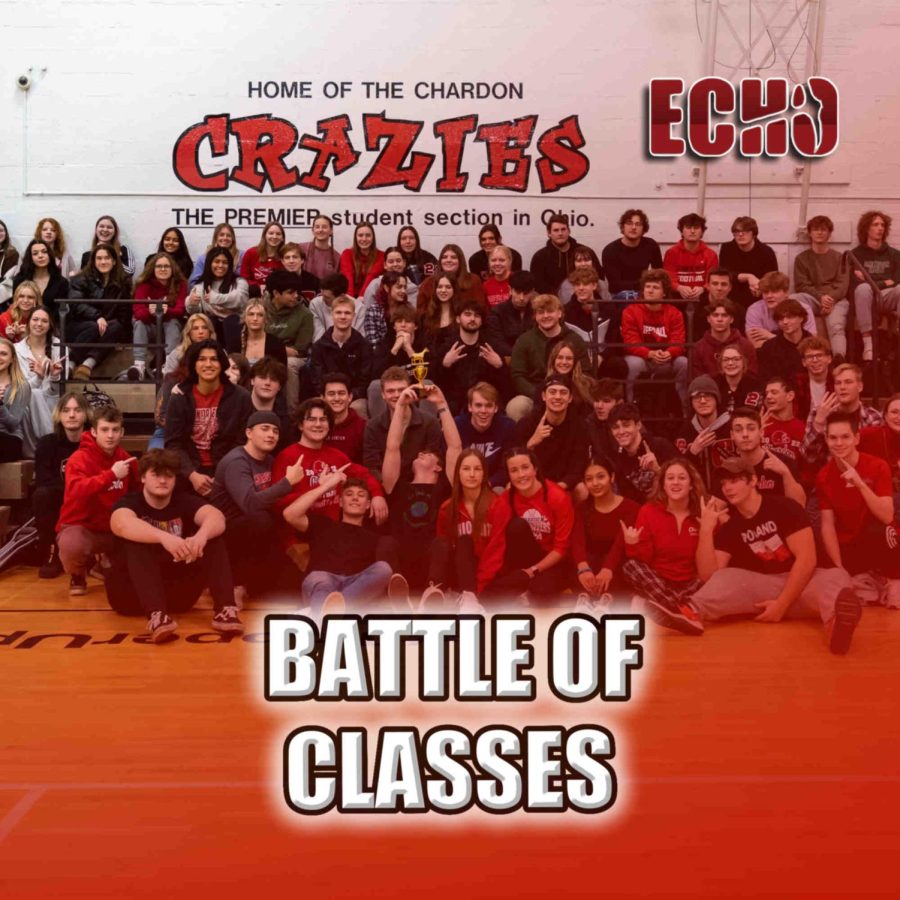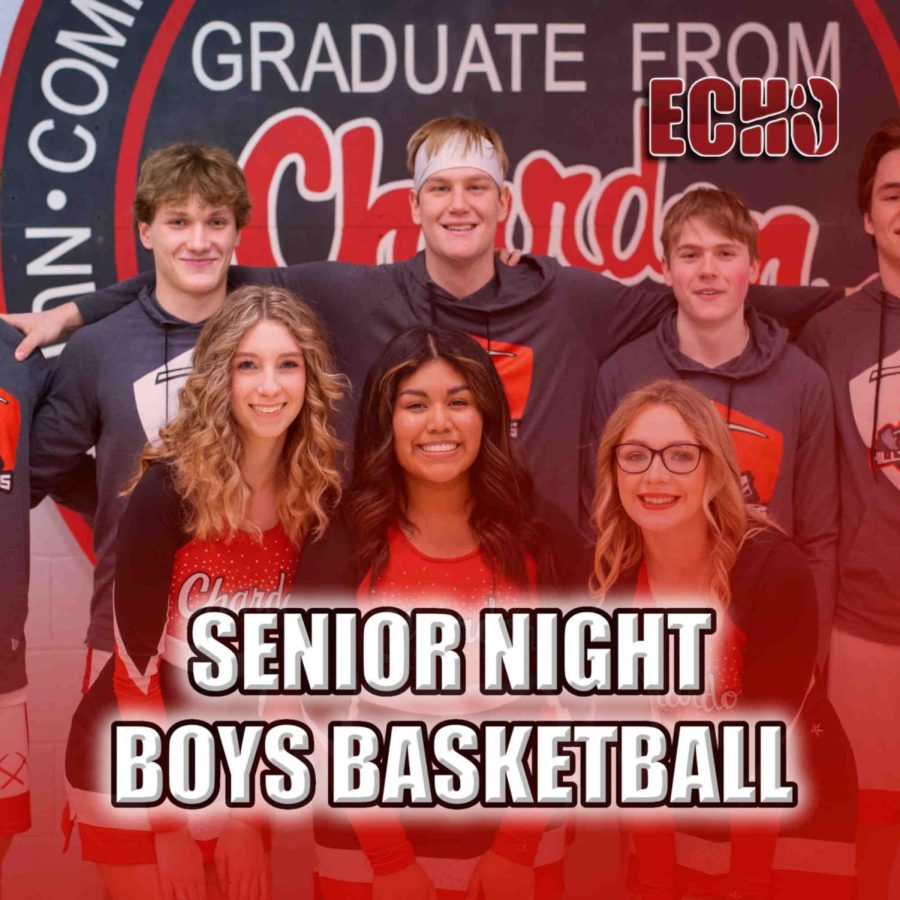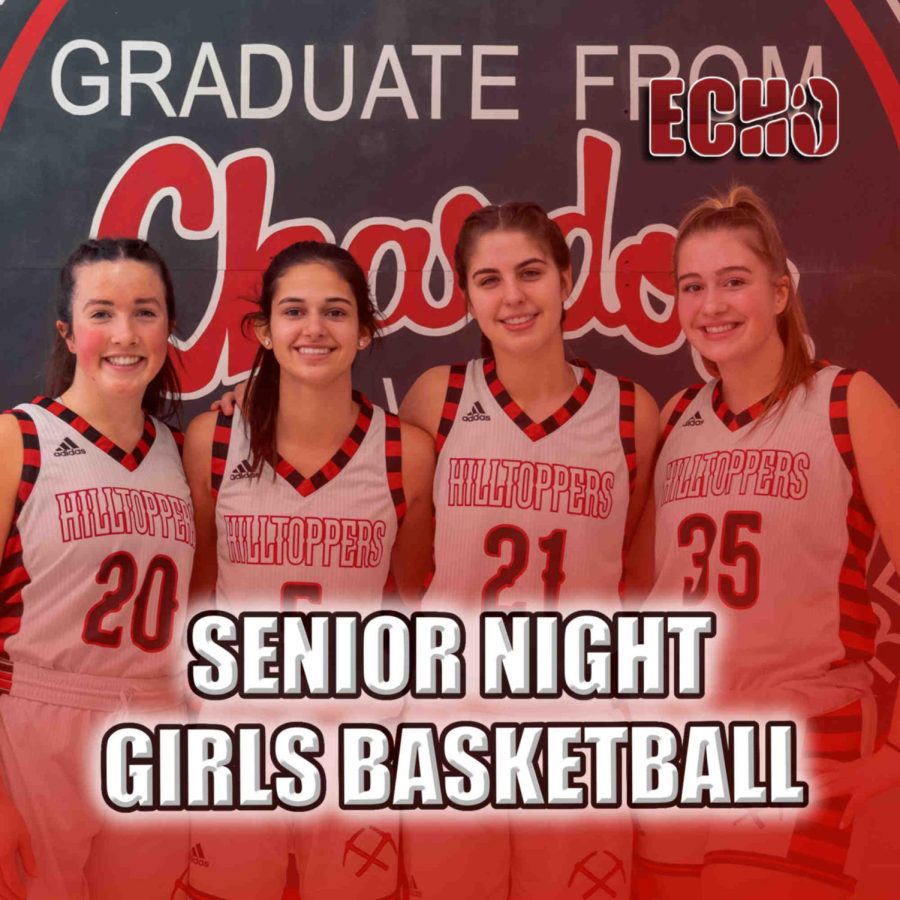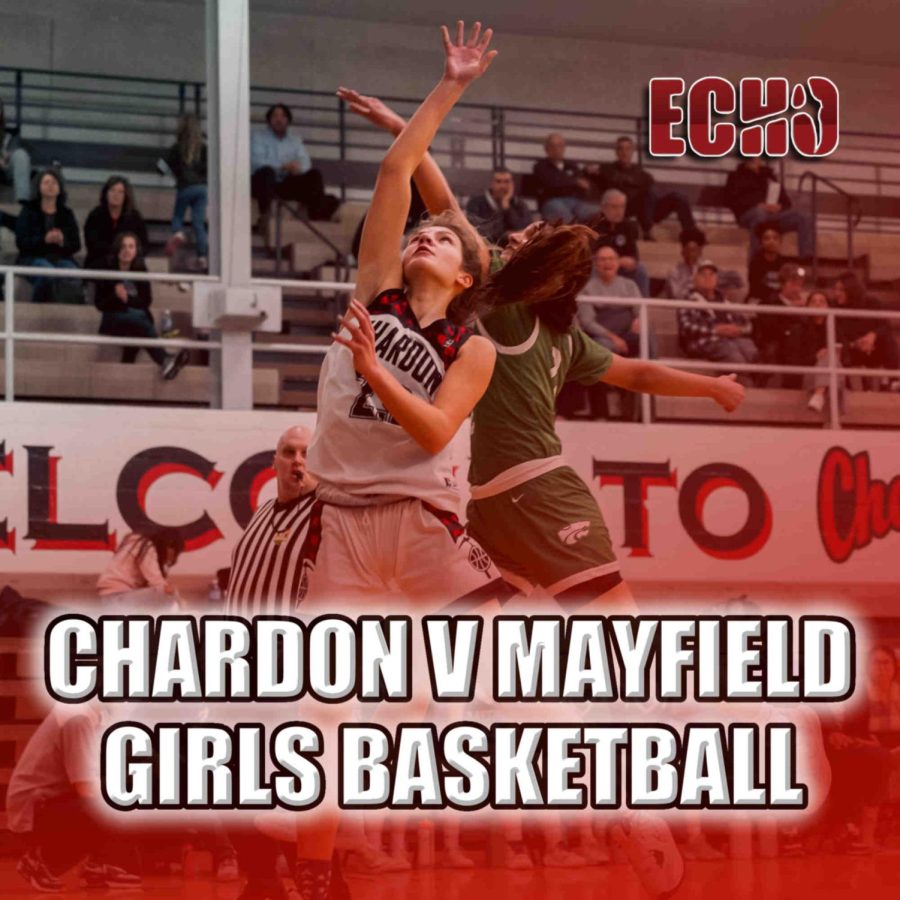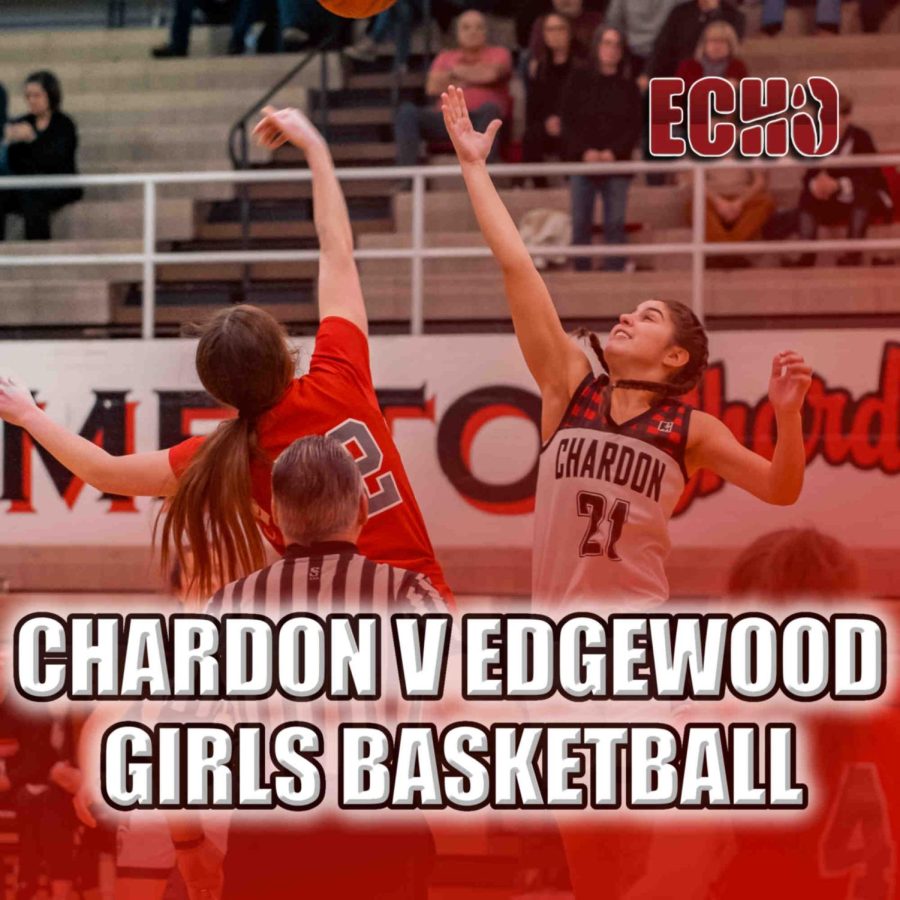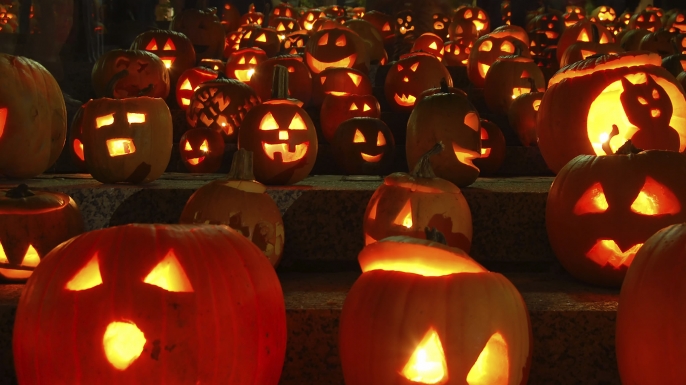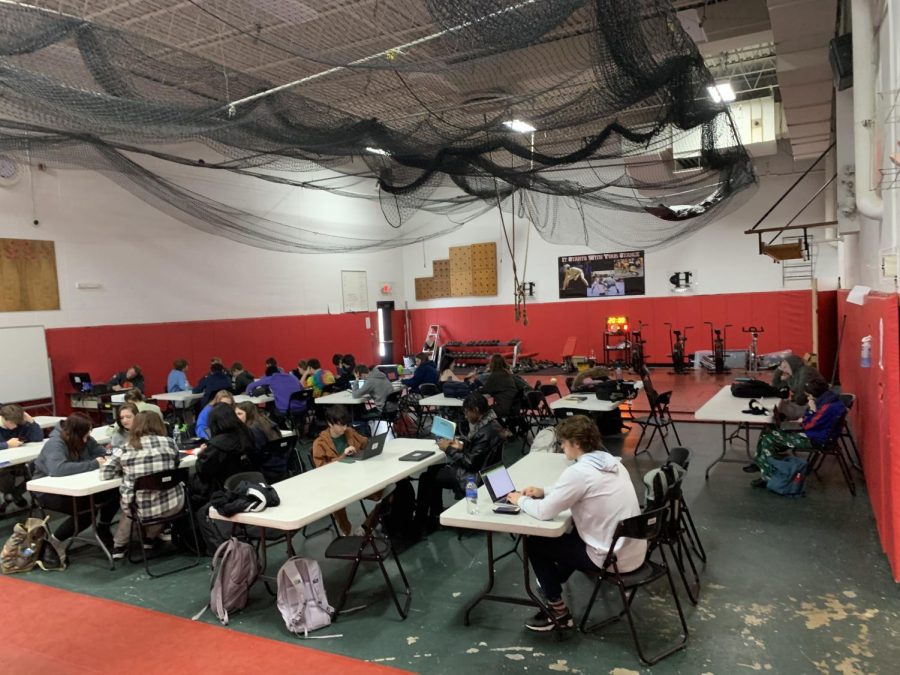History of Halloween
October 27, 2017
Halloween is a timeless holiday. It never gets old! Whether you’re an adult watching your favorite spooky movies, or a kid dressing up as your favorite characters and filling up your pillowcase to the brim with sweet sweet candy. Halloween wasn’t always dressing up and scaring the local kids. It was more family focused and religious believe it or not.
Halloween begins in Europe about 2,000 years ago. The Celtics, which inhabited what is now Ireland, England, and northern France, celebrated the Celtic holiday of Samhain. This marked the end of the summer harvest and the beginning of the cruel winters which caused many deaths throughout the region. They celebrated Samhain on October 31, which they believed is when the ghosts of the dead returned to Earth. Celtic priests, otherwise known as Druids, believed that they can tell the future from these spirits. The Druids lit enormous bonfires where people burned crops and sacrifice animals. While doing this they wore costumes and tried to tell each other’s fortunes.
When Christianity began to spread and when it made it’s way into the Celtic regions Samhain was slowly phased out by the church and replaced with a nearly identical All Saints Day. The celebration was the same, but the night before, which was the night of Samhain, began to be called All-Hallows Eve.
When Halloween came to America it was not celebrated everywhere in the country. The earliest American Halloween celebrations consisted of “play parties” to celebrate the harvest. Neighbors would share stories and sing and dance. In the latter half of the eighteenth century during the Irish Potato Famine the U.S. was flooded with Irish immigrants that helped spread and popularize Halloween.
Americans also went from house to house asking for food or money, which became trick or treating. The late 1800’s also saw the rise of Halloween parties, foods, games, and costumes. It also saw the disappearance of its superstitious and religious overtones.
By the 1920’s and 1930’s Halloween was community focused. It was celebrated by parades and community parties, but vandalism rose during the celebrations. The 1950’s saw a large decrease in vandalism, but a huge increase on kids due to the baby boom. This resulted in parties being moved to civic centers, schools, and homes due to the easy accommodation. Trick-or-Treating was also revived at this time. It was inexpensive and a great way to provide kids with something to do other than causing mischief.
Thus, Halloween was born. It is continued to be celebrated today and is more popular than ever with kids, teens, and parents.

